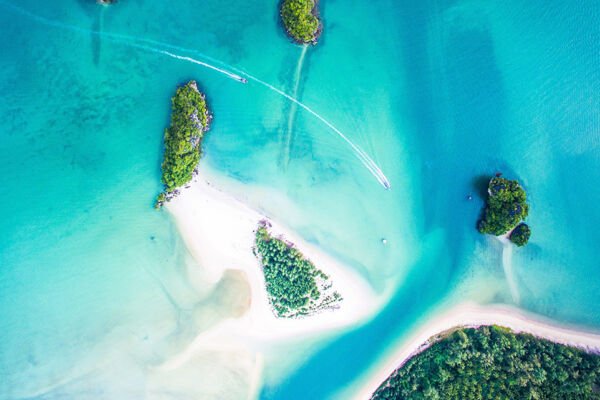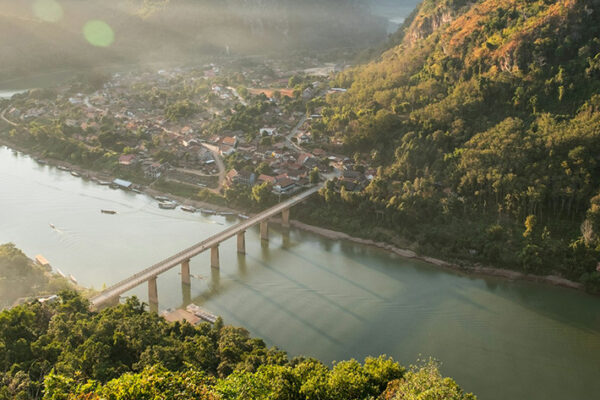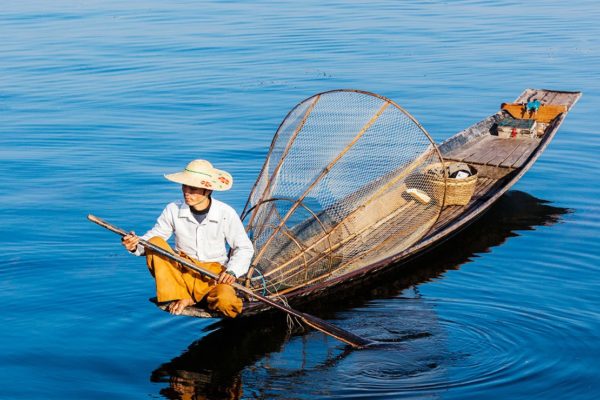15 Mind-Blowing Facts About Thailand You Might Never Know
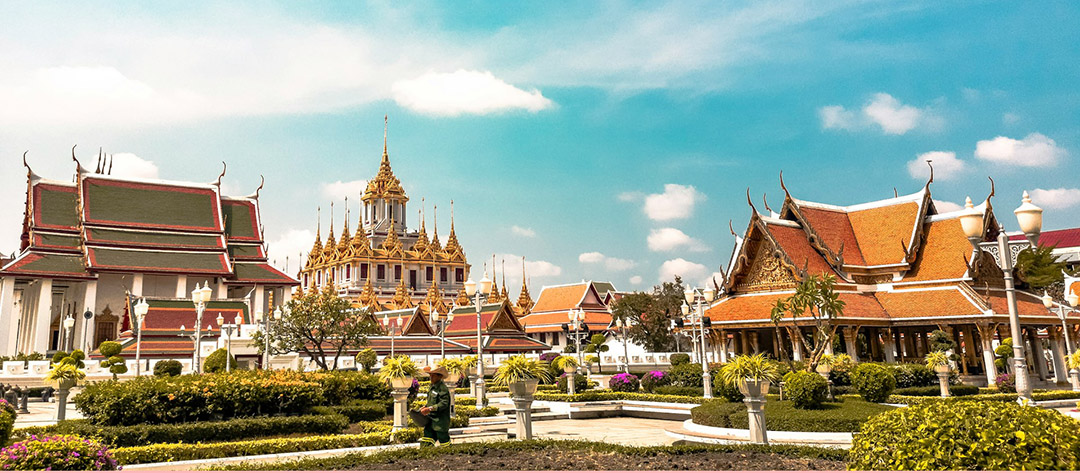
Thailand stands as one of Southeast Asia’s most captivating destinations, offering travelers a unique blend of ancient traditions and modern attractions. This comprehensive guide explores remarkable facts about Thailand that showcase why this country continues to enchant millions of visitors annually.
15 Fascinating Facts About Thailand
The Only Uncolonized Country in Southeast Asia
This is a truly pivotal historical fact about Thailand, a source of immense national pride. While surrounding nations fell under British, French, Dutch, or Spanish rule, Thailand, then known as Siam, strategically navigated colonial ambitions. Through a combination of diplomatic prowess, modernization efforts initiated by visionary monarchs like King Mongkut (Rama IV) and King Chulalongkorn (Rama V), and judicious ceding of some peripheral territories, Siam managed to maintain its sovereignty.
This uninterrupted independence has allowed Thai culture, language, and traditions to evolve organically, untainted by the direct imposition of foreign governance, making it a truly unique destination in the region.
The Long-full Ceremonial Name of Bangkok

The urban life in Bangkok City
While universally known as Bangkok, the capital city’s official ceremonial name is a mouthful: Krung Thep Mahanakhon Amon Rattanakosin Mahinthara Ayuthaya Mahadilok Phop Noppharat Ratchathani Burirom Udomratchaniwet Mahasathan Amon Piman Awatan Sathit Sakkathattiya Witsanukam Prasit.
This incredibly long geographical fact about Thailand translates to “City of angels, great city of immortals, magnificent city of the nine gems, seat of the king, city of royal palaces, home of gods incarnate, erected by Visvakarman at Indra’s behest.” Most Thais simply refer to it as Krung Thep, or “City of Angels,” but its full name is a poetic testament to its grandeur and historical significance.
>> Read More: Bangkok Travel Guide – Your Essential Companion to the Heart of Thailand
The Thai National Anthem Is Played Twice Daily In Public
Every day at 08:00 and 18:00, the Thai national anthem, “Phleng Chat Thai,” resonates across the country. In public spaces like train stations, parks, and even schools, people are expected to stand still out of respect for the nation and its monarch. This deeply ingrained cultural fact about Thailand is a powerful display of national unity and reverence for the monarchy.
As a traveler, observing this custom is a simple yet profound way to show respect for local traditions. The anthem’s origins trace back to 1932, following the transition from absolute monarchy to a constitutional one, solidifying its role in modern Thai identity.
Thailand’s Traditional Calendar Is 543 Years Ahead of the Gregorian Calendar
This fascinating chronological fact about Thailand often catches visitors by surprise. Thailand officially uses the Buddhist calendar (B.E., Buddhist Era), which predates the Gregorian calendar (A.D., Anno Domini) by 543 years. This means that if it’s 2025 in the Western world, it’s actually 2568 B.E. in Thailand.
While official documents and many tourist-facing establishments use both, you’ll frequently see the B.E. year on local signage, products, and more. Understanding this difference is a small but insightful detail that reflects Thailand’s deep Buddhist heritage and its unique way of marking time.
>> Read More: The Most Colorful Thailand Festivals You Shouldn’t Miss
Thailand’s Quirky Underwear Law: Fact vs. Fiction
One of Thailand’s most joked-about laws claims it’s illegal to leave home without underwear. While the claim holds a kernel of truth, there’s nuance to unpack:
Technically, yes— Thailand’s legal code does include provisions against public indecency, which could theoretically extend to not wearing underwear in certain contexts. However, enforcement is rare, and practical travelers need not stress about “underwear checks” during their visit. While not a top concern, this law symbolizes Thailand’s blend of traditional values and modern norms.
So travelers should pack spare underwear for peace of mind—not because of zealous enforcement. It’s a reminder to respect local norms, whether at temples, markets, or streets alive with nightlife.
Muay Thai: Art of Eight Limbs

Thailand has a rich martial arts heritage, with Muay Thai often referred to as Thai boxing. More than just a sport, Muay Thai is a cultural art form that involves the use of fists, elbows, knees, and shins, which is why it is known as the “art of eight limbs.”
Fighters typically begin their training at a young age, committing to rigorous physical and mental discipline. Throughout the country, you can find Muay Thai gyms and stadiums, ranging from small local venues to large arenas in Bangkok.
Here, you can witness the athleticism and respect that are fundamental to this powerful tradition. Attending a live Muay Thai match offers an exhilarating experience and provides an in-depth look into Thai culture.
Heads & Feet in Thai Tradition
In Thai culture, the head is revered as the most sacred, while the feet are considered the lowest (and often “dirtiest”) part of the body. This dual perception stems from cultural and spiritual beliefs:
- Heads: Viewed as sacred because they symbolize spirituality and intellect. Many Thais believe the soul resides here, making it off-limits to physical contact.
- Feet: Seen as impure due to proximity to the ground. In pre-modern Thailand, feet were often dirty from walking barefoot, solidifying their low status.
Here are some etiquette tips for a respectful Thailand journey:
- Never touch anyone’s head, including children, elders, or monks. Even playful gestures (e.g., patting someone on the crown) risk unintended offense.
- Avoid standing over someone else’s head: If reaching for an item above someone, politely ask their permission or say “khòraysap” (ขอโทษ / excuse me).
- Don’t point your feet at people, statues, or Buddha images. Keep them tucked under you or angled away when sitting.
- Remove shoes before entering homes or temples. Many traditional spaces require footwear removal to preserve purity.
- Sit thoughtfully: In temples or seated settings, avoid cross-legged poses that expose your soles. Opt for folded legs or knees side-swept.
Thailand’s Hidden Marvel: The Bumblebee Bat
Another fascinating fact about Thailand that will captivate nature-loving travelers is that this country is home to one of the world’s smallest mammals—the Kitti’s hog-nosed bat (bumblebee bat).
Weighing 1.7–2.0 grams (about the weight of a large paper clip), this bat earns its “bumblebee” nickname for its tiny frame. Its head and body stretch just 29–33 mm. Found only in western Thailand (notably Kanchanaburi Province’s limestone caves) and parts of Myanmar, this bat roosts in riverine limestone caves within dry forests.
While not the absolute smallest mammal (that title alternates with species like Etruscan shrews), the bumblebee bat is a biodiversity treasure. Its reliance on caves and bamboo-rich forests highlights Thailand’s ecological uniqueness
Spotting this bat is a challenge, but Sai Yok National Park (Kanchanaburi) offers a rare chance. You can arrive at caves just before dusk to witness colonies emerging to hunt insects.
>> See Tour: Essential Thailand
Thailand’s Gentle Giants: Whale Sharks
Here’s a jaw-dropping fact about Thailand’s oceans: The whale shark—the world’s largest fish—calls its waters home. Reaching 18.8 meters (61.7 ft), the largest accurately measured whale shark dwarfed a standard city bus. Most adults, however, average 5.5–9.8 meters (18–32 ft) in length. They guzzle plankton and small fish, making them harmless to humans despite their enormity.
Where to Spot Them
Thailand’s whale sharks underscore its vibrant marine biodiversity. While encounters aren’t guaranteed, the chance to see these giants in the Andaman or Gulf waters highlights the country’s role in protecting oceanic habitats.
Whether you dive in the Similan Islands or snorkel off Koh Tao, Thailand’s oceans Promise epic encounters that rival coral reefs and sunken shipwrecks.
Pro Tip
- Whale sharks frequent Thailand’s waters between February and April, coinciding with plankton blooms.
- No touching, follow the guide rules, and let these giants swim freely!
Thailand’s Orchid Crown: A Floral Legacy
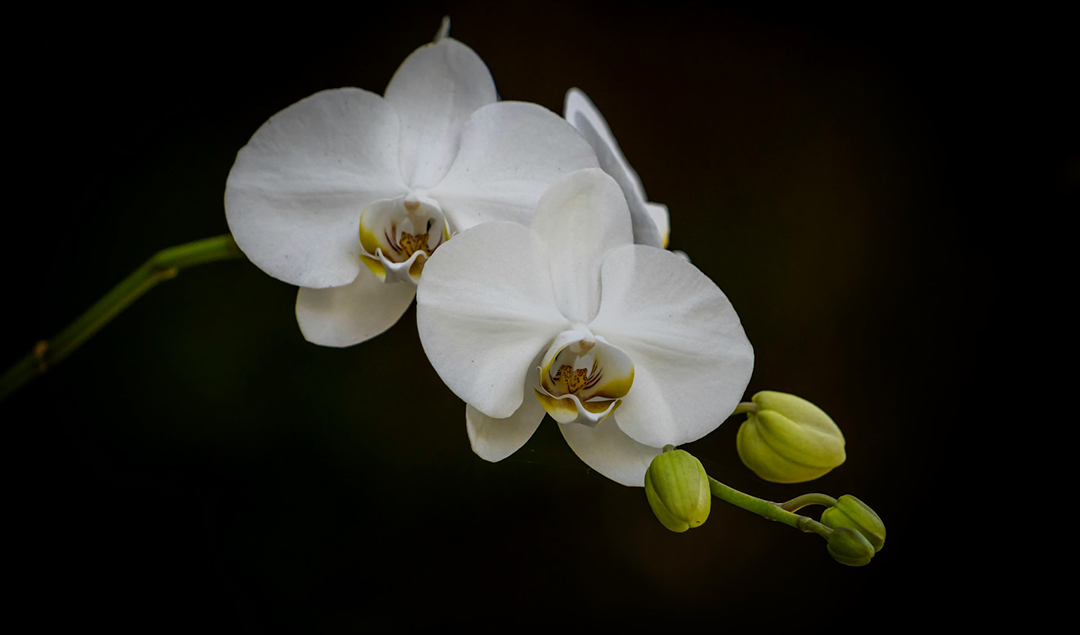
Thailand is the world’s leading exporter of orchids, its national flower
Thailand isn’t just the Land of Smiles—it’s the world’s largest exporter of orchids, its cherished national flower. With over 1,000 commercial hybrids cultivated and countless wild species, orchids are woven into Thailand’s identity. This botanical dominance comes down to:
- Climate: Tropical humidity and warm temperatures make regions like Nakhon Pathom, Samut Sakhon, and Chiang Mai ideal for year-round cultivation.
- Cultural Roots: Orchids grace temples, weddings, and royal ceremonies, symbolizing beauty and spirituality.
If you are a traveler and have a great love for nature, here are some notable tips:
- Visit Bangkok’s Flower Markets: Dive into Pak Klong Talad or Nang Lerng Market to witness orchids piled high like rainbows.
- Explore Orchid Farms: Head to Nakhon Pathom or Chiang Mai to tour labs where millions of hybrids are cultivated.
- Spot Wild Species: Roadtrips through rural Thailand reveal Phalaenopsis (moth orchids) flourishing roadside.
>> Read More: Thailand 8-Day Itinerary – The Best Mix of City, Culture, and Nature
Thailand’s Logging Ban: A Battle for Its Forests
You might not know about this crucial environmental fact for eco-conscious travelers: Thailand banned commercial logging of hardwood forests in 1989—a landmark decision triggered by devastation that still resonates today.
Thailand’s logging ban isn’t just a policy—it’s a lesson in ecological limits. While deforestation persists, the ban reflects a hard-won understanding: forests aren’t just resources; they’re lifelines.
So how can travelers support this law? Take note sof ome pieces of advice below:
- Visit National Parks: Explore protected areas like Doi Inthanon or Khao Sok, where reforestation efforts safeguard wildlife.
- Choose Sustainable Tours: Opt for eco-lodges and guides that support legal, small-scale community forestry projects.
- Support Conservation: Avoid products made from illegally logged wood (e.g., rosewood), and report violations to authorities.
A Coastal Island Paradise Awaits

Unique island landscape in Thailand
What seals Thailand’s reign as a beach-lover’s dream? It must be this geographical fact: Thailand boasts 1,430 islands, offering endless opportunities to escape to paradise.
These islands span three key archipelagos:
- Andaman Sea: Dramatic karsts (like Phang Nga Bay), crystal-clear depths (Similan Islands), and snorkeling havens (Surin Islands).
- Gulf of Thailand: Bustling hubs (Koh Samui, Koh Phangan) and serene retreats (Koh Tao).
- Eastern Seaboard: Underrated gems off Chanthaburi and Trat, such as Koh Kood and Koh Mak.
Some tips for beach-lovers when visiting Thailand:
- Dive into Diversity: Match your vibe: Amber’s Action (Phuket, Koh Samui) or Solitude afloat (Koh Rong Saloem, Koh Adang).
- Timing Matters: November–March minimizes rain; visit lesser-known islands off-season for quieter vibes.
Whether you chase adrenaline (rock climbing, freediving) or serenity (olive ridley turtles nesting on Guard Koh Thalu), there’s a slice of coastal magic waiting in this insular wonderland.
>> See Tour: Thailand Beach Tour and Temple Exploration
Red Bull: A Thai Origin Story
Here’s a bracing fact about Thailand to spark your next trip: Red Bull, the globe’s most iconic energy drink, began its journey in Thailand as “Krating Daeng.”
Thai entrepreneur Chaleo Yoovidhya created Krating Daeng (“red bull”) to energize workers with caffeine and taurine in 1976. Then the Austrian marketer Dietrich Mateschitz discovers it in Thailand, finding it cures jet lag and sees global potential, but it needs rebranding. In 1987, Red Bull launched in Austria, with Mateschitz modifying the formula and adopting a bull logo from Thai boxing sponsorships.
Every traveler can experience the Krating Daeng in:
- Bangkok Markets: Grab a can at Chatuchak Weekend Market or Nang Lerng for a local energy rush.
- Workout Inspiration: Visit a Muay Thai gym to spot vintage Krating Daeng ads in action,
- Taste Test: Compare Krating Daeng to Red Bull at 7-Eleven – a culture clash in a can.
Tipping in Thailand: A Gentle Art of Appreciation
Tipping isn’t traditionally part of Thai culture—historically, excellent service was simply the standard, not something requiring extra reward. Unlike Western countries, where tips are expected, Thailand operates on discretionary appreciation, meaning staff won’t extend their hands expecting gratuities.
However, international tourism has shifted this dynamic. In tourist hotspots like Phuket, Koh Samui, and Bangkok’s popular districts, small tips are increasingly welcomed and sometimes anticipated. Meanwhile, in rural areas and smaller towns, tipping remains uncommon but deeply appreciated when offered.
A modest tip can genuinely brighten someone’s day while respecting local customs, so always tip in Thai Baht, never foreign currency. Moreover, when in doubt, observe locals or ask your hotel concierge for guidance on specific situations.
Land of Smiles – More Than Just a Nickname
Thai smiling runs deeper than simple friendliness. In Thai culture, smiling is a sophisticated form of communication—a social tool that expresses everything from joy and politeness to empathy and resilience. The Thai language itself contains 28 different words related to “yim” (smile), with half describing happiness and enjoyment, while the others relate to graceful responses during difficult situations.
The “Land of Smiles” nickname represents more than individual friendliness—it’s an embodiment of national character. Thailand’s people have cultivated a culture where warmth, hospitality, and joy permeate daily life.
Final Thoughts
From its proud history of independence and the majestic beauty of its natural landscapes to the intricate nuances of its cultural customs and surprising everyday facts, Thailand is a country that continuously fascinates and delights. These 15 facts about Thailand merely scratch the surface of what makes this Southeast Asian gem so captivating.
As you plan your journey to this incredible “Land of Smiles,” remember that understanding these unique aspects will not only enrich your experience but also foster a deeper appreciation for its people and traditions.
So pack your bags, embrace the spirit, tailor your journey with Asia Pioneer Travel to uncover countless more wonders in this truly unforgettable destination. Your Thai adventure awaits – go explore, learn, and be amazed!
You may also be interested in
Tours You might like
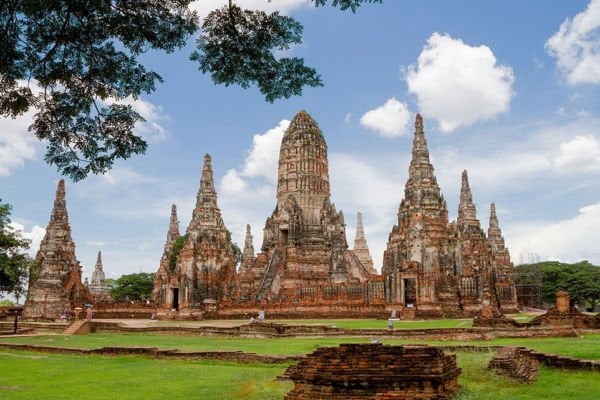 Best Seller
Best SellerBest of Thailand
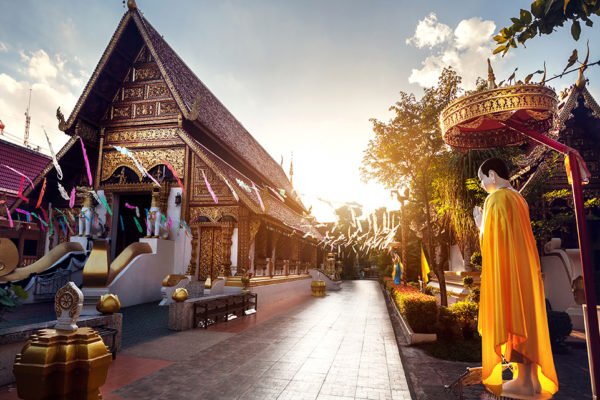 Best Seller
Best SellerEssential Thailand
